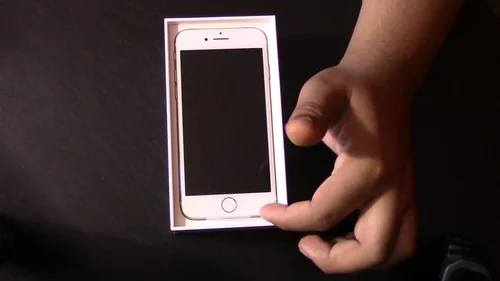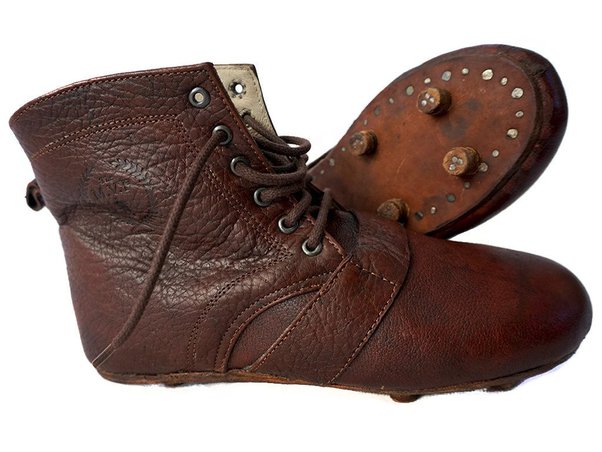Players use spikes in their shoes to create more friction between the sole of the shoe and the ground. This helps them to run faster and change direction more easily.
Decorative thick brass nails with Paris or flat heads are used in shoemaking to hold the heel stacks. These nails are also known as lasting nails.
Frictional Force
Friction is the force that resists the relative motion of solid surfaces, fluid layers, or material elements sliding against each other. This force is inversely proportional to the velocity of motion, and therefore it is important to consider both the speed of an object and its direction when analyzing friction.
The main cause of friction appears to be forces of attraction, also known as adhesion, between the contact regions of adjacent surfaces, which are always microscopically irregular. Friction arises from the shearing action of these “welded” junctions, and also from the effect of the irregularities of one surface plowing across the softer surface.
Using a free body diagram, the normal force acting on a surface can be determined by solving for the acceleration due to gravity, Fnorm, and the net force of friction, Ffriction. These values are then used to calculate the frictional force, which is a vector quantity because it involves both magnitude and direction.
The frictional force is influenced by the surface texture and quantity of force pushing them together, as well as the angle and position of the objects. For example, if a block is placed flat against another block, the frictional force will be equal to its weight. But if the same block is pushed up against another block, the frictional force will increase and may even exceed its weight.










